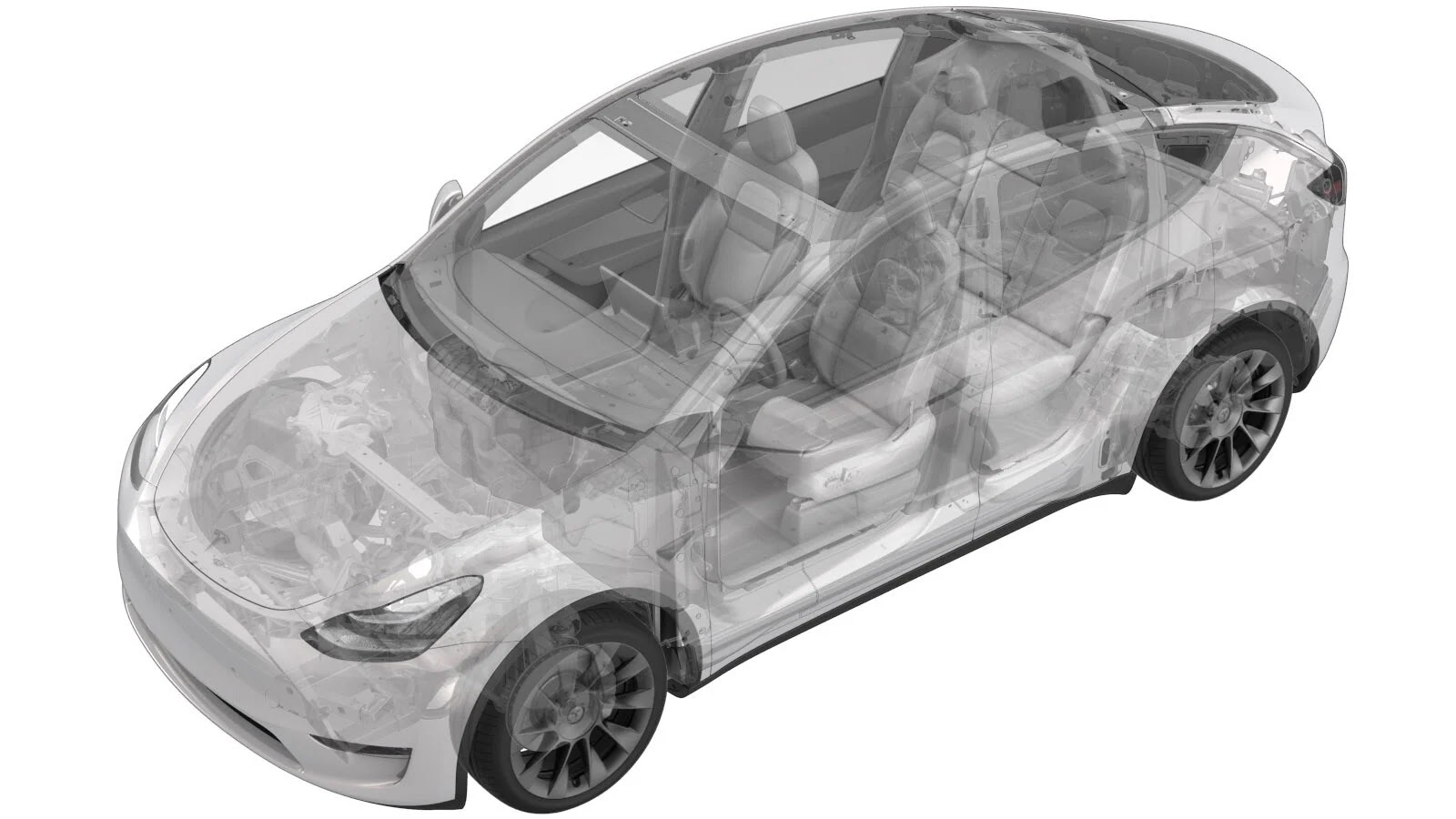
Tesla’s Telematics Control Unit Vulnerability Let Attackers Gain Code Execution as Root
Tesla’s Telematics Control Unit Vulnerability: A Deep Dive into Root-Level Compromise
Imagine your vehicle, a marvel of modern engineering and connectivity, harboring a hidden backdoor accessible with mere physical proximity. This unsettling scenario recently became a reality for Tesla owners, following the disclosure of a critical vulnerability within the company’s Telematics Control Unit (TCU). This flaw allowed attackers with physical access to bypass stringent security measures and achieve full root-level code execution, posing a significant threat to vehicle integrity and user data.
The vulnerability underscores the paramount importance of robust security controls, even in components not directly exposed to the internet. For cybersecurity analysts, IT professionals, and developers, understanding the nuances of this exploit offers invaluable lessons in securing complex, connected systems.
Understanding the Telematics Control Unit (TCU)
The Telematics Control Unit (TCU) is the nerve center of a connected vehicle’s communication. In a Tesla, this unit is responsible for a vast array of functions, including over-the-air (OTA) updates, navigation, infotainment, remote diagnostics, and communication with emergency services. Essentially, the TCU is the gateway between the vehicle’s internal networks and the external world, making its security absolutely critical.
Given its central role, any compromise of the TCU can have far-reaching implications, from data exfiltration and vehicle tracking to potentially manipulating vehicle functions or injecting malicious firmware. The disclosed vulnerability specifically targeted this crucial component, demonstrating a sophisticated attack vector.
The Incomplete Lockdown: Android Debug Bridge (ADB) Exploitation
The core of the Tesla TCU vulnerability stemmed from an incomplete lockdown of the Android Debug Bridge (ADB) on an external Micro USB port. ADB is a versatile command-line tool that allows developers to communicate with an Android-powered device. While incredibly useful for development and debugging, it presents a significant security risk if left improperly secured on a production system.
In this particular instance, even with physical access, an attacker should ideally face significant hurdles to exploit such a port. However, the incomplete lockdown meant that the expected security barriers were insufficient. A physically present attacker could leverage this oversight to:
- Connect to the TCU: By plugging into the exposed Micro USB port.
- Bypass Security Measures: Exploit the incomplete ADB lockdown to gain unauthorized access.
- Gain Root-Level Code Execution: Achieve the highest level of privilege on the TCU, effectively granting full control over the unit.
Root-level access is the ultimate prize for an attacker, allowing them to install malware, modify system settings, access sensitive data, or even interfere with vehicle operations. The potential for such a compromise highlights the critical need for meticulous configuration management and thorough security testing throughout a product’s lifecycle.
Impact and Potential Consequences of Root Access
Gaining root access to a vehicle’s TCU is akin to having administrative privileges on a server. The implications are severe and multi-faceted:
- Data Exfiltration: Access to sensitive user data, including location history, stored contacts, and even personal settings.
- Vehicle Tracking: Ability to precisely track the vehicle’s movements without authorization.
- Malware Injection: Installation of persistent malware that could monitor or manipulate vehicle systems.
- Firmware Tampering: Potential for injecting malicious firmware updates, leading to long-term compromise or even control over critical vehicle functions.
- Reputational Damage: Significant blow to consumer trust for automobile manufacturers.
While the immediate threat requires physical access, a compromised vehicle could logically become a vector for further network exploitation if it connects to other systems or internal networks.
Remediation Actions and Best Practices
While Tesla has undoubtedly addressed this specific vulnerability, the incident provides crucial lessons for all organizations developing connected devices. Here are key remediation actions and best practices:
- Meticulous ADB Management: ADB should be completely disabled or secured with strong authentication and authorization mechanisms in production environments. If required for diagnostics, it should only be accessible via highly secure, authenticated channels.
- Physical Security of Ports: Any external diagnostic or development ports must be physically secured or removed in production models unless absolutely necessary for authorized service.
- Principle of Least Privilege: Implement the principle of least privilege for all user accounts and system processes. Even if an attacker gains initial access, their privileges should be severely limited.
- Regular Security Audits and Penetration Testing: Conduct frequent, comprehensive security audits and penetration tests, including assessments for physical access attack vectors.
- Secure Boot Mechanisms: Implement and enforce secure boot processes to prevent the loading of unsigned or malicious firmware.
- Supply Chain Security: Scrutinize the security practices of all third-party suppliers, particularly for components that handle critical system functions.
Tools for Vulnerability Detection and Mitigation
While this specific vulnerability (no public CVE yet) was identified through security research, various tools exist to aid in the detection and mitigation of similar issues in embedded systems and connected devices.
| Tool Name | Purpose | Link |
|---|---|---|
| IDA Pro / Ghidra | Reverse engineering and static analysis of firmware and binaries. | IDA Pro / Ghidra |
| Firmware Analysis Toolkit (FAT) | Automated analysis of embedded device firmware for vulnerabilities. | GitHub |
| OpenVAS / Nessus | Network vulnerability scanners that can identify open ports and services, including potential ADB exposures if network accessible. | OpenVAS / Nessus |
| Jira / GitLab (Issue Tracking) | For logging, tracking, and managing vulnerabilities and their remediation efforts. | Jira / GitLab |
| Binary Analysis Tool (BAT) | More specialized tool for analyzing binary content, useful for identifying embedded debugging functionality. | GitHub |
Conclusion
The incident involving Tesla’s Telematics Control Unit serves as a potent reminder that the pursuit of security in connected vehicles is an ongoing and complex endeavor. Even subtle misconfigurations, such as an incompletely locked-down debugging interface, can provide a toehold for sophisticated attackers to gain complete control. For professionals in cybersecurity, it underscores the need for a holistic approach to security—one that encompasses physical security, rigorous software development lifecycle practices, and continuous vulnerability assessment. As vehicles become increasingly integrated with our digital lives, ensuring the integrity of their underlying ECUs, like the TCU, is paramount to safeguarding both privacy and safety.





